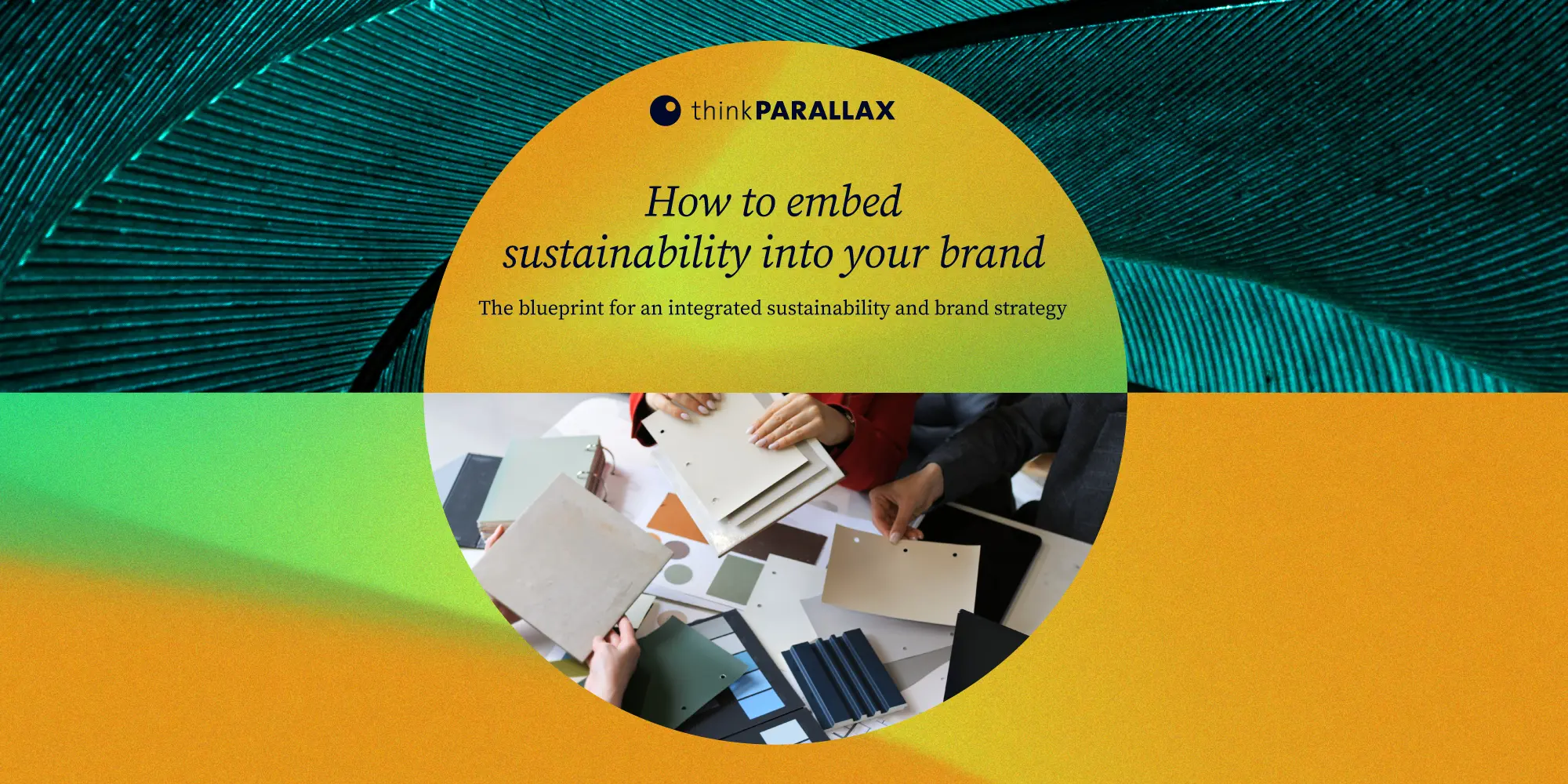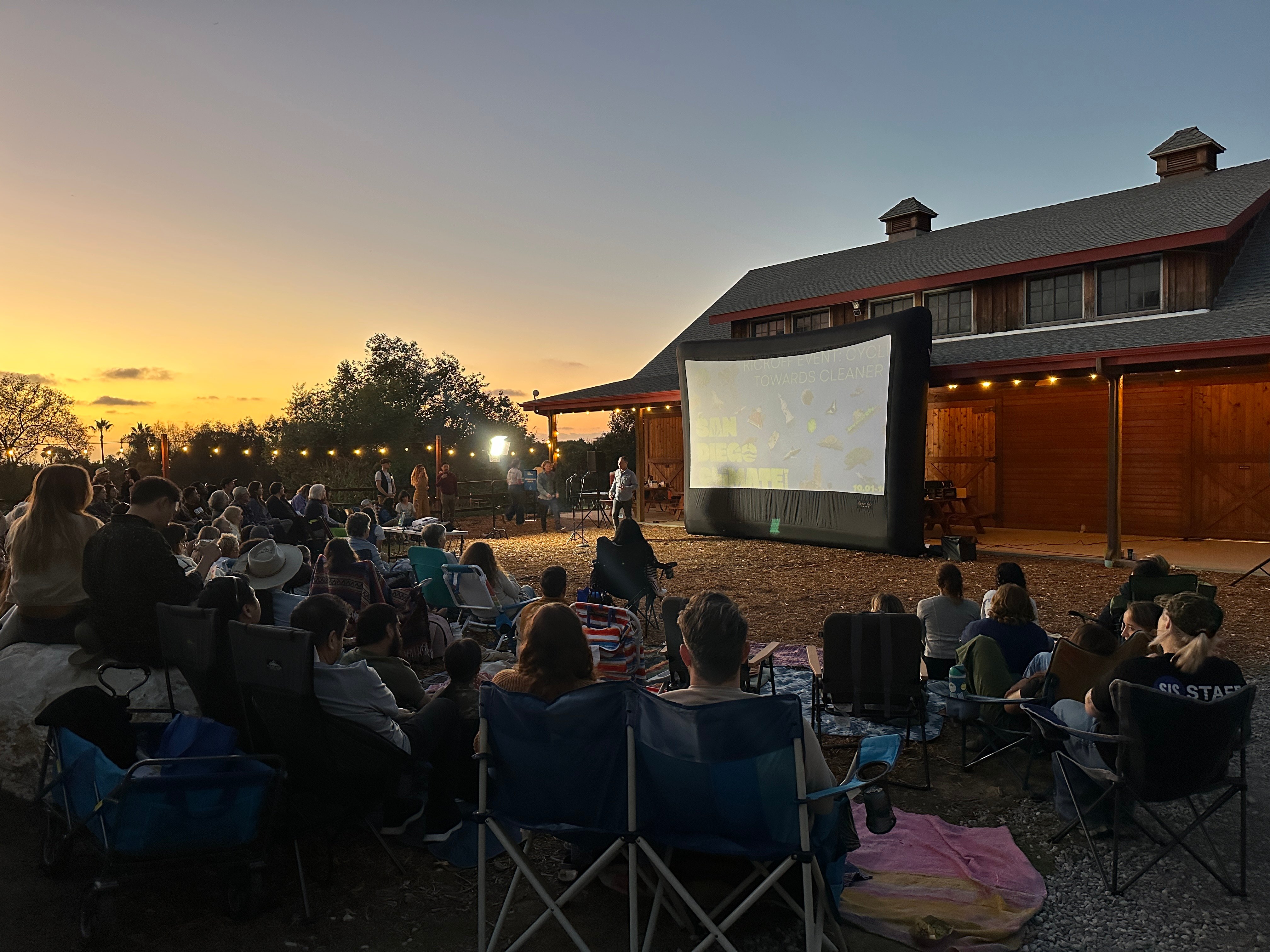When I decided to attend INBOUND, HubSpot’s annual digital marketing conference, I was primarily looking for research insights to inform our marketing strategy at tPX. Spanning three floors of panels, I arrived at the Moscone Center in San Francisco to a dizzying number of sessions on creativity, digital platforms, community building, niche audiences, marketing strategies, analytics tools, and of course, many sessions on the hot topic of AI in the digital landscape.
While I hadn't expected to find insights specifically tailored to sustainability communications, the three-day event revealed just how universal digital communication challenges have become. The strategies and trends discussed weren't just relevant to traditional marketers — they were essential knowledge for any organization trying to tell their story effectively in today's digital landscape.
Here are three key trends that emerged across multiple sessions, each offering valuable lessons for organizations using digital platforms to connect with their audiences.
1. AI is a partner, not just a tool
Many conversations have been circulating online around AI’s role in job displacement. While this may be true in some instances, for communications and marketing functions, AI can also enhance how we work. The pace of change is rapid, with AI tools like Claude, Notion AI, Canva Magic Design & Magic Write, Lemlist, Copper, and many more emerging quickly and giving teams the ability to scale outreach, personalize messaging, and analyze audience behavior more efficiently than ever before.
At the same time, human connection remains essential. While AI can help identify trends, draft content, or automate repetitive tasks, it’s the human touch that truly captures attention and builds trust. The most effective communications balance AI-driven insights and efficiency with thoughtful, authentic storytelling that resonates with real people.
2. Communities > Content
Content alone isn’t enough. The real momentum around growing your audience is happening in micro-communities, for example on Reddit, Discord, or niche forums, where trust and authenticity matter most. The brands that thrive are the ones willing to move beyond broadcasting, instead co-creating rituals, language, and culture alongside their audiences. Engaging in targeting outreach, and authentically showing up where your audience already gathers, is a sure way to reach them. Adobe is a perfect example of a brand that has mastered this approach. They've partnered with Reddit's KarmaLab to tap design talent straight from the Reddit platform, creating standout ads that win the upvotes and trust of Redditors while driving meaningful engagement with their creative community.
For organizations communicating about sustainability, rather than simply reporting metrics or initiatives, sustainability and communications teams can use these principles to engage stakeholders in meaningful dialogue. An example of a brand that's done this well (and I've been following for a while) is Fat Tire with their "Drink Sustainably" strategy. Rather than just listing achievements, they weave their environmental story directly into their brand identity, telling their origin story through an environmental lens. What makes their approach particularly effective is how they connect beer culture to climate action, making sustainability part of the craft beer experience rather than an obligation imposed on top of it.
3. Growth is a team sport
These days, siloed growth is no longer possible. Sales, finance, product, and customer success teams all play a role in successful, bespoke, and targeted communications and marketing. Each department brings unique relationships with key stakeholders who influence business outcomes, from prospects and investors to users and partners. The more cross-functional perspectives that inform growth strategies, the more authentic, coordinated, and effective the outcomes.
For sustainability and ESG reporting and communications, this approach is especially important. By engaging other teams in planning, organizations can ensure that sustainability reports are accurate, actionable, and resonate with stakeholders across the board.
A new age of digital marketing and communication
While I hardly scratched the surface of all the different conversations happening at INBOUND, one thing became abundantly clear: disruption in digital marketing and communications, whether from emerging platforms, shifting audience behaviors, or new technologies, is accelerating at an unprecedented pace. The leaders who succeed are those who can adapt quickly, experiment thoughtfully, and pivot their strategies while staying grounded in purpose and clear messaging.
Stay tuned as tPX continues to provide our takeaways on how digital communication trends apply specifically to sustainability and purpose-driven organizations.



.png)


